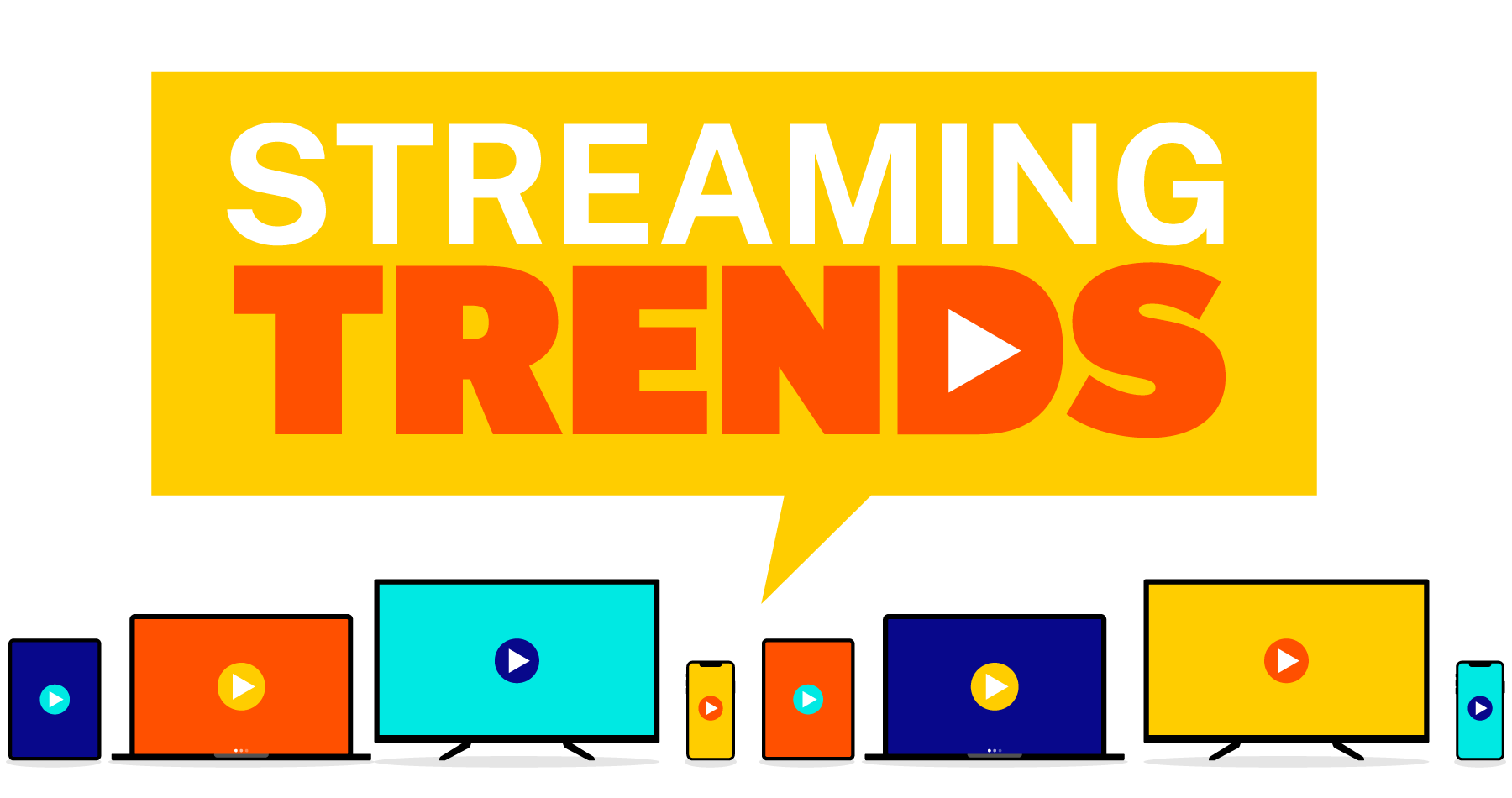No quarter of the year moves faster than Q4. By the time you’ve finished next year’s budget and developed your H1 plans, the holidays are upon you. When are you supposed to have time to research future trends that could impact your business?
The answer is right now. At Brightcove, we’re always keeping an eye on the changes in the market with a potential effect on our customers. Whether you’re in media, marketing, or communications, below are the trends we expect to change how you do business. If you want to learn how to incorporate them into your plans for next year, start streaming PLAY Season 1.
MEDIA COMPANY INSTINCTS
HOW DO YOU IMPLEMENT THESE TRENDS? WATCH PLAY SEASON 1 TO FIND OUT.
In 2007, a marketing research firm estimated that a person living in a city was exposed to up to 5,000 ad messages a day. Compared to 2,000 ads per day 30 years prior, one can only imagine how many ads each of us see today.
All of this content has resulted in more than wearying the consumer (nearly 70% of adults worldwide actively avoid ads, according to eMarketer). It’s wearying marketers.
If your target audience is consuming several thousand ads a day—let alone other content—how are you supposed to reach them? It’s hard enough to stand out among that much content. It’s even harder when most are trying to avoid your efforts in the first place.
Marketers are just as frustrated with all the noise as consumers are. Attention is at a premium, and the current best practices and tactics just aren’t cutting it. It’s time for a new approach. It’s time to act like a media company.
Media companies learned the secrets to retaining audience attention long ago, and they did that through video. If you want to grow your business, you need to follow the example set by the media giants and embrace the power of streaming.
Learn more in our PLAY episode, “Why Every Company Needs to Act Like a Media Company”.
ADAPTIVE CODEC SWITCHING
Remember film cameras? There was a time when no one thought digital cameras would ever be able to compete. The data and storage needed were too great for a consumer device. And that was just for stills, not video.
Look at how far we’ve come. Digital cameras are taking billboard-sized photos. Smartphones are making Oscar-contending films. Even 4K video can be streamed almost anywhere in the world without a cable.
Indeed, many of us have come to expect the same level of visual fidelity on our phones as we do on big screens. But all of our technological advancements haven’t changed the fact that streaming high-quality content involves an immense amount of data.
Delivering content that meets viewers’ increasingly high expectations isn’t cheap. In fact, the cost of streaming often means that scaling up your business will require you to scale down your quality. In an age where quality is a selling point, growing your business is quickly becoming a catch-22.
Bandwidth costs aren’t coming down anytime soon, so waiting out the market isn’t an option. If you want to scale your business without compromising the quality your viewers expect, you’ll need to invest in adaptive codec switching.
For many years, delivery costs were the same for every customer, regardless of their available bandwidth. But why should you pay to deliver 4K video to every customer when many lack the bandwidth to stream it? With adaptive codec switching, you don’t have to.
Learn more in our PLAY episode, “High Quality Video vs Reducing your Bandwidth Costs”.
FIRST-PARTY DATA
In 1994, digital marketing was changed forever.
Websites were growing rapidly, email was beginning to take off, and social media was still in the future. During these formative years, one simple innovation would lay the groundwork for what would become a $600 billion industry: the third-party cookie.
Unlike traditional marketing tactics, cookies turned advertising into a precision instrument.
Renting billboards was costly, buying media was competitive, and neither of them guaranteed visibility with the targeted audience. Cookies allowed marketers to track customer behavior with such granularity that CPMs were soon overshadowed by the remarkable efficiency of PPC.
For years, digital marketers enjoyed bidding for clicks down to the penny, and the future of marketing never seemed more certain. But we already know how this story ends. And we should be grateful for it.
Third-party cookies may have spoiled us with pristine ROAS projections, but they also made us lose sight of their original function. Cookies were supposed to help us serve our customers better by helping us understand them and their needs better.
We don’t need to mourn the death of the cookie; we need to celebrate the refocus on customer relationships.
With first-party data, we have a chance to increase both our value to our customers and their value to us. And with the depth of detail provided by video data, that value will never be clearer.
Learn more in our PLAY episode, “Don’t Bury it—Use it—First Party Data Management”.
QUALITY OF EXPERIENCE
What do users experience when they view your content? Does the video start quickly? Does the picture look crisp and clear? Is the video playing smoothly?
All of these questions impact users’ perceptions of your content and their likelihood to return in the future. Understanding your users’ quality of experience (QoE) and when it might require intervention is a key element to growing and maintaining an audience.
Streaming platforms should be working relentlessly to ensure that the QoE they provide is great. But they should also provide more insight into this, beyond a general feeling that it “just works,” as one of our customers recently quipped.
Subjective customer experiences are hard to define and identify. However, research-based, objective criteria can be used to both understand QoE and recognize when it affects the business.
Remember, not every service improvement or issue has a noticeable effect on the customer experience. This means that customer engagement and retention can’t be reliably correlated to Quality of Service (QoS). It’s much easier and more effective to correlate a customer’s experience with their satisfaction.
The great news is that QoE doesn’t have to rely on ad hoc customer observations. Streaming solutions offer an abundance of data that can be aggregated to give you a picture of the overall customer experience. All you need are the tools and expertise to harness that data and transform it into actionable insights.
Learn more in our PLAY episode, “Quality of Experience and Its Impact on Your Business”.




